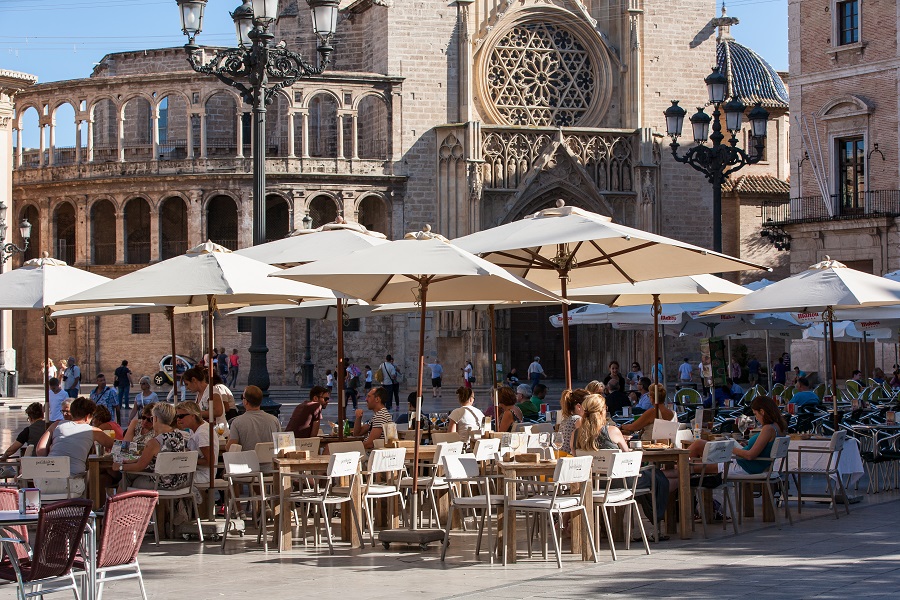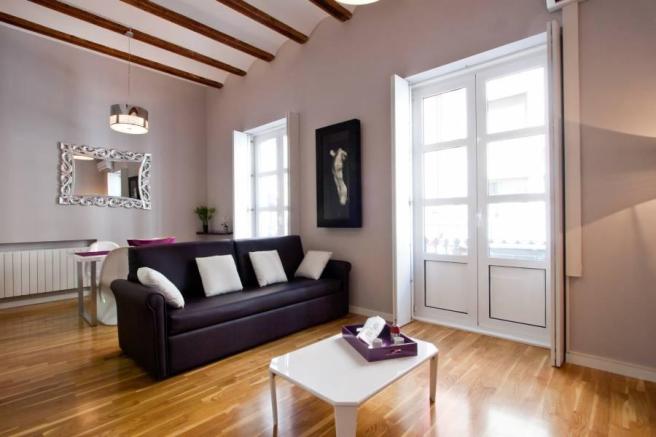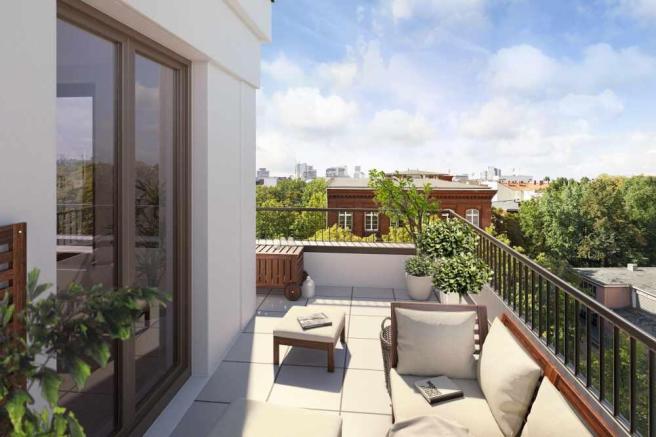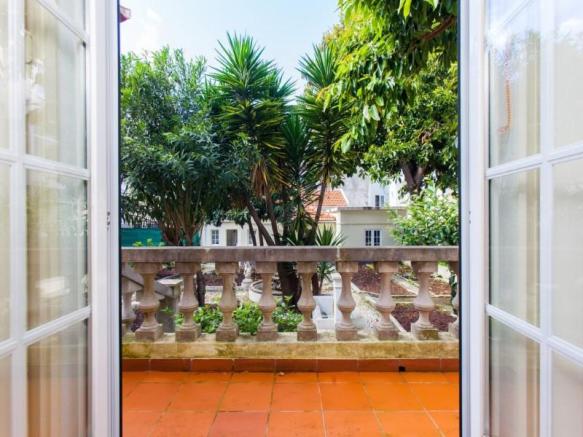European city pads often double as clever investments that provide a fun base for enjoying a culture-rich urban lifestyle. Here are three cities offering just that…
Valencia, Spain
 Historic old town, trendy beachfront or suburban community, Valencia has a neighbourhood to suit all types of property-buyer and currently its favourable property prices give it the edge over other – more fashionable – Spanish cities.
Historic old town, trendy beachfront or suburban community, Valencia has a neighbourhood to suit all types of property-buyer and currently its favourable property prices give it the edge over other – more fashionable – Spanish cities.
Highlights of Spain’s third biggest city include Europe’s largest urban park, called Turia Gardens and occupying the old riverbed, one of Spain’s largest and best preserved old towns, which includes a UNESCO site and the landmark City of Arts and Sciences complex on the seafront, which includes Europe’s largest aquarium.
Most international buyers head to the Eixample district, which combines beautiful old apartment blocks, with a lively café culture and easy access to Valencia’s key central districts. There, the Ruzafa (also Russafa) neighbourhood is especially fashionable, alongside upmarket Pla del Remei.
Also popular is Barrio del Carmen, the heart of Valencia’s historic old town and home to ancient winding streets, pretty plazas and fantastic architecture. Meanwhile, an area highlighted as up-and-coming is the old fishermen’s quarter, El Cabanyal on the city beachfront.

Lisbon, Portugal
The appeal of Portugal’s capital has rocketed in recent years, fuelled by the city’s emergence as a hub for young startup firms, in particular those operating in the creative and technology sectors. Portugal’s introduction of incentives to attract more international investors, namely the Non-Habitual Resident (NHR) programme and the Golden Visa scheme, have helped fuel its popularity.
Prices in Lisbon are still very competitive compared to other European capitals, both in terms of property and living costs. Apartments in one of the city’s most sought-after districts, namely the historic old quarter, Bairro Alto, where old character buildings are being restored to meet demand, are an estimated 40-50 per cent cheaper than equivalents in London, Paris or Madrid. Other popular central districts include Lapa, Chiado and Santos. In addition, recent reforms to restrictive rental rules have made buy-to-let property more attractive to international investors.
The riverfront section of Lisbon’s Belem district is another exciting area. It’s the site of significant urban redevelopment and is being transformed into a cultural hot spot, helping to put the city on the global map. Central to this is the recently completed Museum of Art, Architecture and Technology (MAAT), an instant city landmark. Meanwhile, on the south side of the River Tagus, the Lisbon South Bay project will see the regeneration of large parts of the Almada, Barreiro and Seixal districts and has been compared to the successful regeneration of the docks area of Liverpool.
Berlin, Germany
Recently voted the number one city in Europe for self-employed people, Berlin is well known for its sense of free spirit and its colourful artistic streak. Its more bohemian districts include Kreuzberg, Neukölln and Tempelhof, where the streets are lined with bars, cafes and second-hand shops. Lichtenberg is intriguing for its remarkable East German brutalism and pockets of international communities that add zest to the neighbourhood, for example the huge Vietnamese Dong Xuan market.
One of the most desirable districts for international investors is Berlin’s British quarter, offering proximity to Charlottenburg Palace and Brixplatz, one of the city’s oldest parks. The area includes the International Club Berlin, a private members’ club that continues the legacy of the post-war British Officer’s Society complete with tennis courts, a swimming pool, bar and restaurant, as well as the 1936 Olympic Stadium and modernist Olympic Village, Messe exhibition ground and various concert halls, theatres and upmarket businesses.
Originally developed into a residential neighbourhood for the Berlin bourgeoisie and so named after London’s West End, it was planned as the city’s artists’ colony, home to large traditional style villas. For those wealthy enough to live in Westend, the villas provided a stark contrast to other areas of the city that are dominated by apartment blocks, known as ‘Plattenbau’ (brutalist concrete architecture).
Unlike London’s West End, which these days is dominated by overseas investors, and second home-owners, Berlin’s most affluent neighbourhood isn’t ostentatious and has retained its character, community and diversity thanks to the city’s strict planning laws.

Written by Overseas Guides Company.
For more information on buying abroad get your FREE Country Buying Guide!




See all available country guides
If you are considering an overseas property purchase, whether for lifestyle or investment, opening a no-obligation account with FCA-authorised Smart Currency Exchange will enable you to benefit from their competitive exchange rates and specialist currency knowledge, ultimately saving you money and time. For more information, download Smart Currency Exchange’s free report or visit the Currency Zone.

